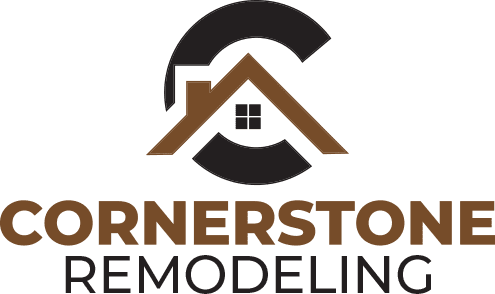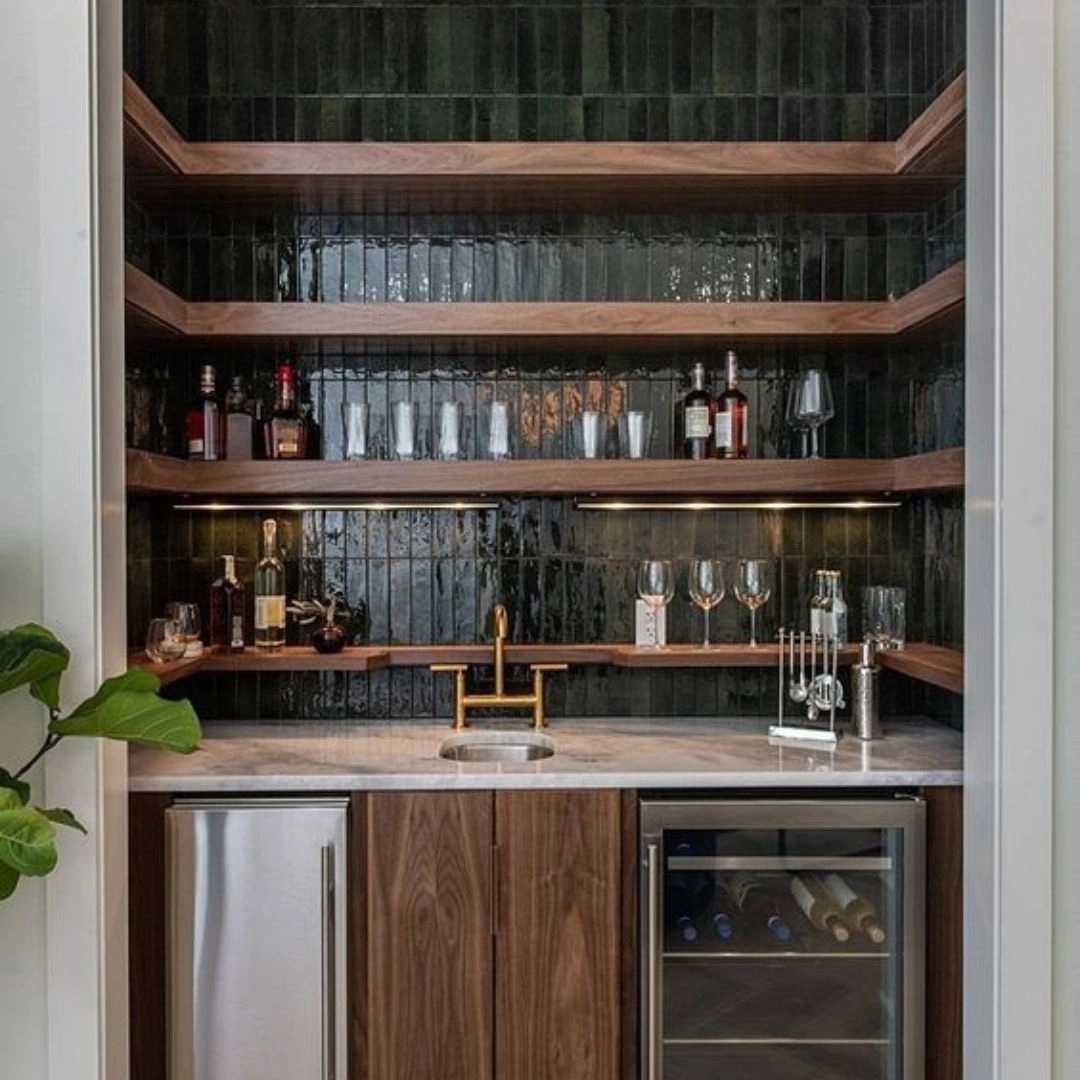When considering a home addition in Maryland, it’s essential to understand the permit process, which varies across different counties. This article will focus on the permit requirements and procedures for Montgomery County, as outlined on the county’s official website, providing a comprehensive overview to guide you through the process.
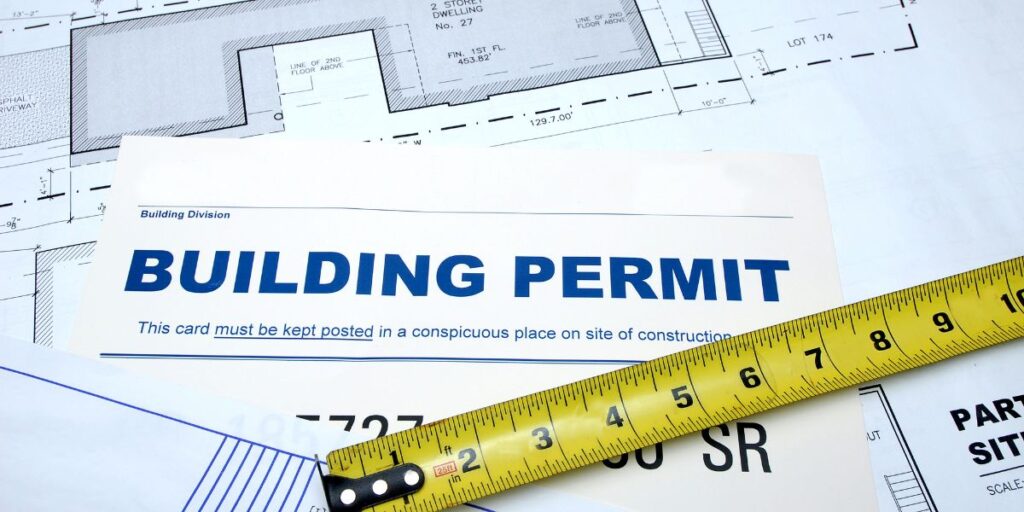
Step 1: Research and Planning
Before diving into the permit process, it’s crucial to research and plan your home addition project thoroughly. Familiarize yourself with local zoning regulations, building codes, and any specific requirements for your neighborhood or homeowners’ association. This step will help you determine the feasibility of your project and ensure compliance with local laws.
Step 2: Hire Professionals
When it comes to home renovations, entrusting your project to a professional like Cornerstone Remodeling is not just a choice, but a wise investment in your home’s future. We navigate complex challenges, adhere to strict timelines, and prioritize quality at every step.
Step 3: Obtain Necessary Permits
In Montgomery County, there are several permits required for home additions, depending on the scope of your project. The most common permits include:
- Building Permit: This permit is required for any new construction, alteration, or repair work that involves structural elements, such as walls, floors, or roofs.
- Electrical Permit: If your home addition involves any electrical work, such as installing new outlets, lighting fixtures, or circuits, you’ll need an electrical permit.
- Plumbing Permit: If your project involves installing or modifying plumbing systems, such as adding new fixtures or rerouting pipes, a plumbing permit is necessary.
- Mechanical Permit: This permit is required for the installation or modification of heating, ventilation, and air conditioning (HVAC) systems, as well as other mechanical systems like exhaust fans or ductwork.
Step 4: Submit Permit Applications
Once you have your project plans and specifications ready, you can submit permit applications to the Montgomery County Department of Permitting Services (DPS). The application process typically involves providing detailed drawings, specifications, and supporting documentation, along with the appropriate fees.
Step 5: Permit Review and Approval
After submitting your applications, the DPS will review them for compliance with local building codes and zoning regulations. This review process can take several weeks, depending on the complexity of your project and the workload at the DPS. During this time, you may receive requests for additional information or clarification from the permit reviewers.
Step 6: Pay Permit Fees
Once your permit applications have been approved, you’ll need to pay the associated fees. Permit fees in Montgomery County vary based on the type and scope of the project. For example, a building permit fee is calculated based on the estimated construction cost, while electrical, plumbing, and mechanical permit fees are based on a flat rate or a fixed fee per fixture or device.
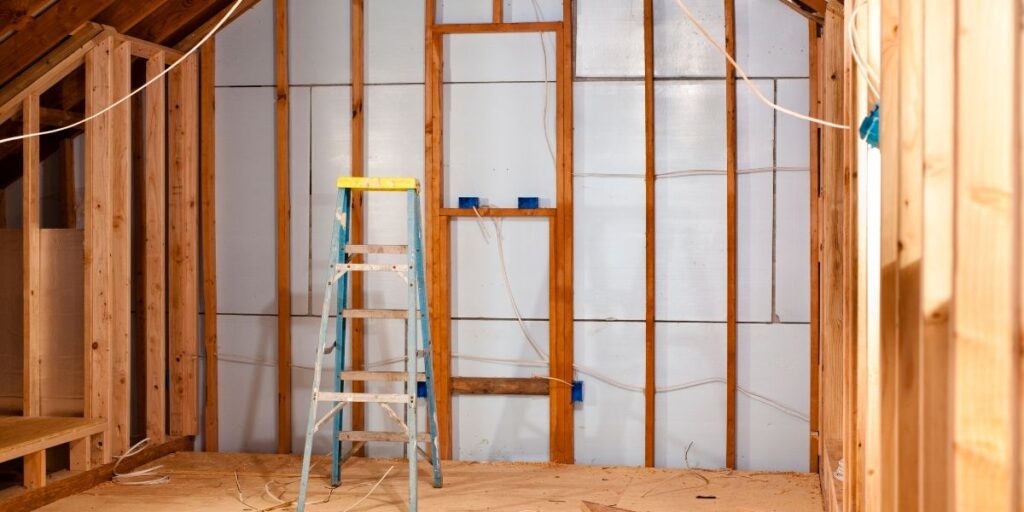
Step 7: Begin Construction
After obtaining all necessary permits and paying the required fees, you can begin construction on your home addition. It’s important to have your approved plans and permits on-site during construction, as inspectors may request to see them.
Step 8: Schedule Inspections
Throughout the construction process, you’ll need to schedule inspections with the DPS to ensure compliance with building codes and approved plans. The number and timing of inspections will depend on the specific requirements of your project, but typical inspections may include footing, framing, electrical, plumbing, and final inspections.
Step 9: Final Inspection and Occupancy Approval
Once your home addition is complete, you’ll need to schedule a final inspection with the DPS. During this inspection, the inspector will verify that all work has been completed according to the approved plans and meets all applicable building codes. If the project passes the final inspection, you’ll receive an Occupancy Approval, which allows you to legally occupy the new addition.
Step 10: Maintain Records
It’s essential to keep all records related to your home addition project, including approved plans, permits, inspections, and any other documentation. These records can be invaluable if you need to make future modifications or if you decide to sell your property.

Get Started Today
Looking to expand your living space in Maryland? Let Cornerstone Remodeling be your trusted partner in navigating the permit process for home additions. With our expertise and dedication to quality craftsmanship, we ensure a seamless journey from conception to completion. Don’t let bureaucratic hurdles deter your vision for the perfect home addition. Contact us today to begin your journey towards enhancing your living space with Cornerstone Remodeling by your side! Click here to get a quote!
